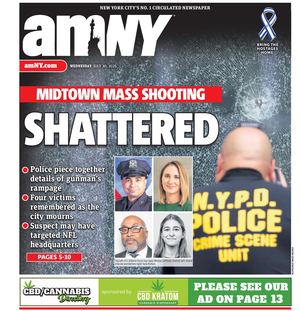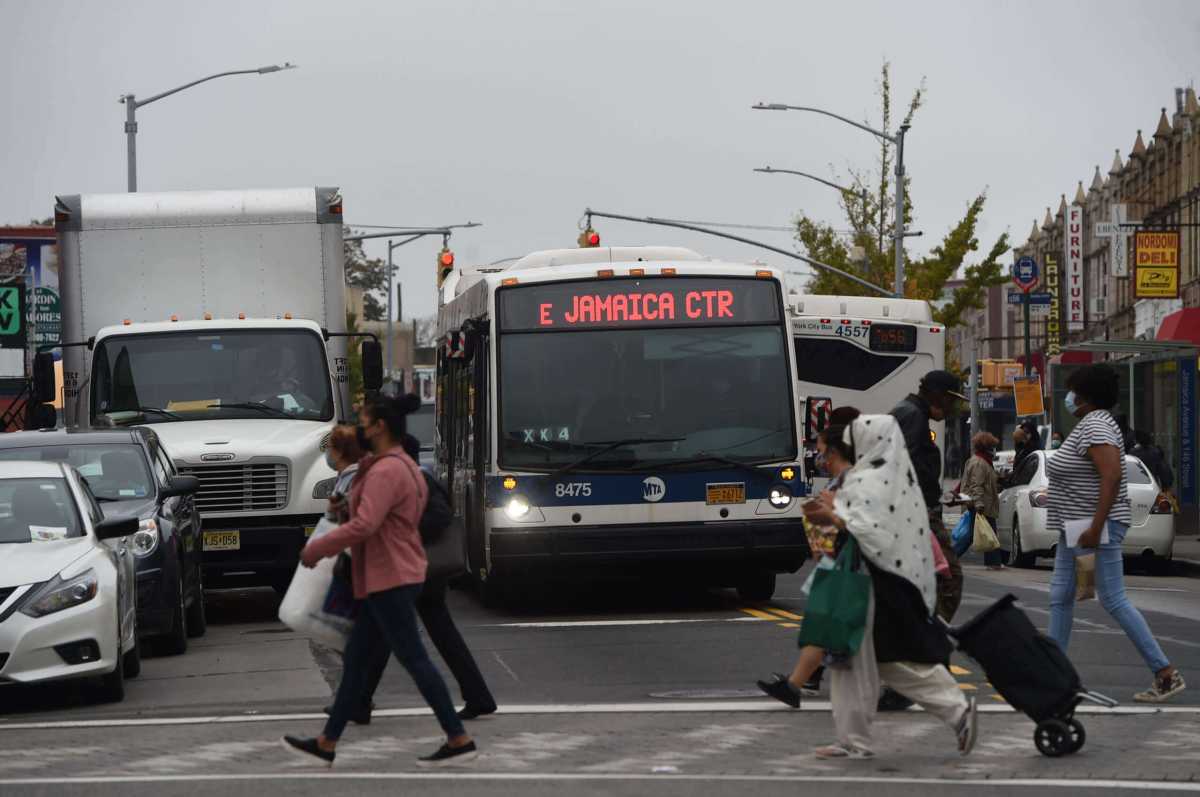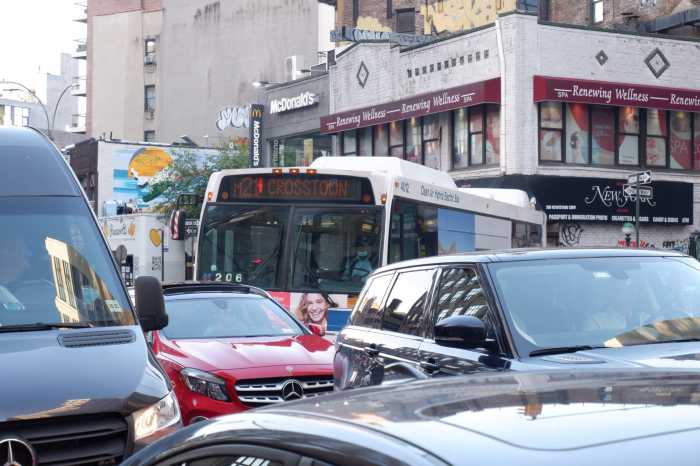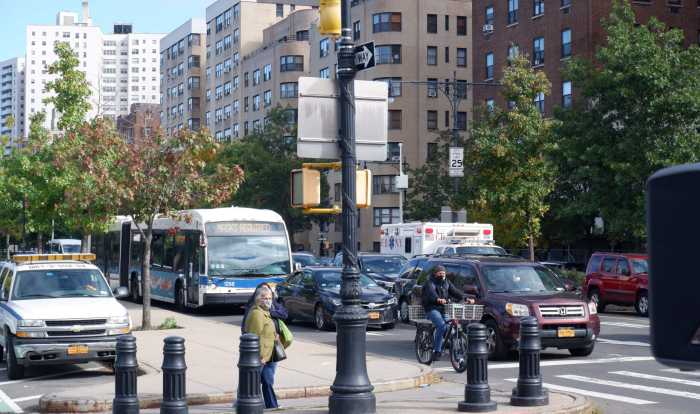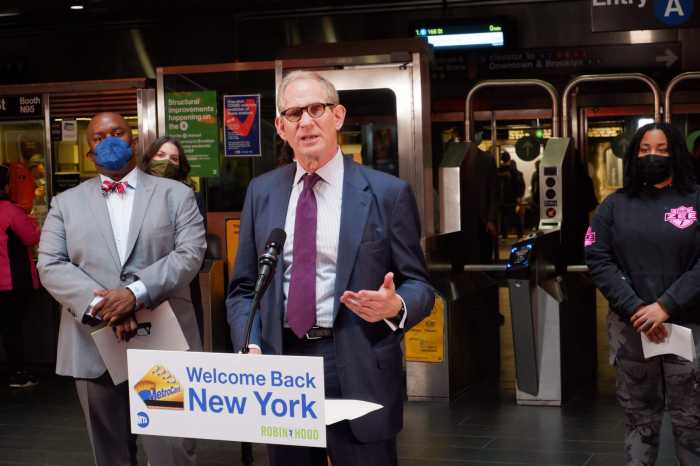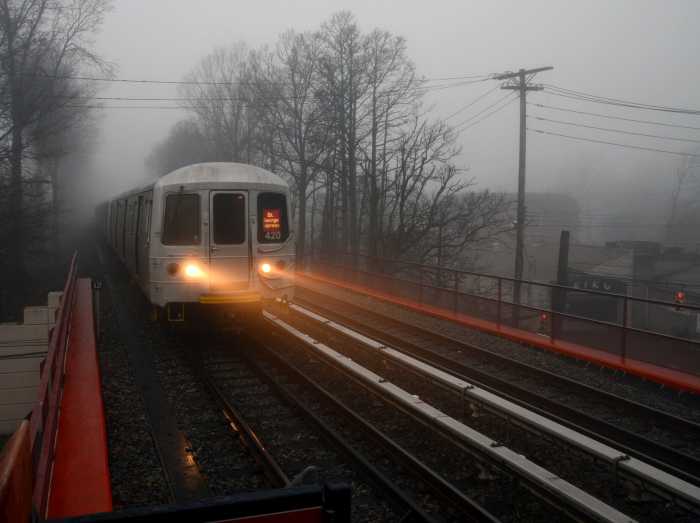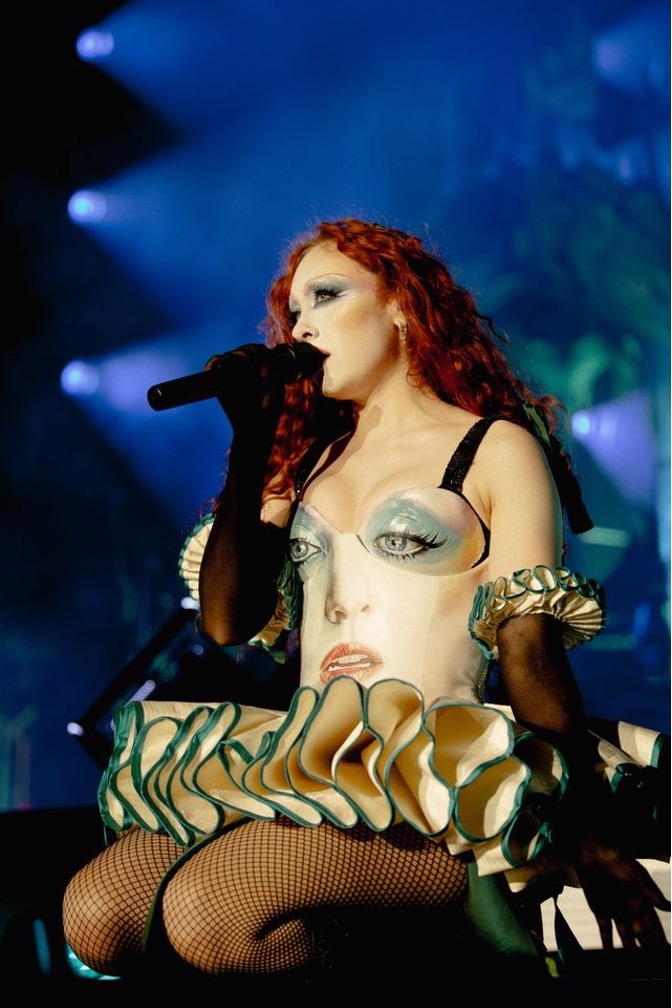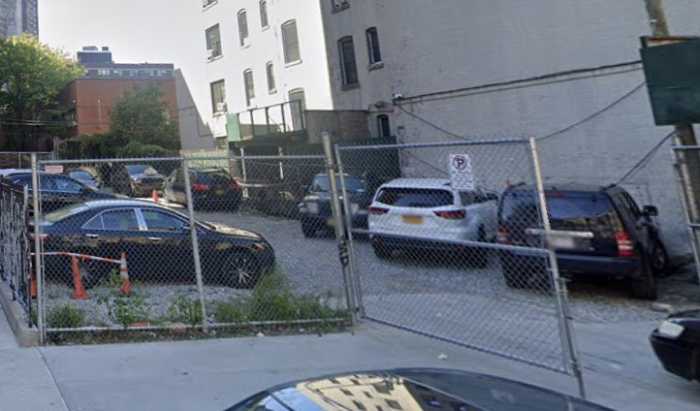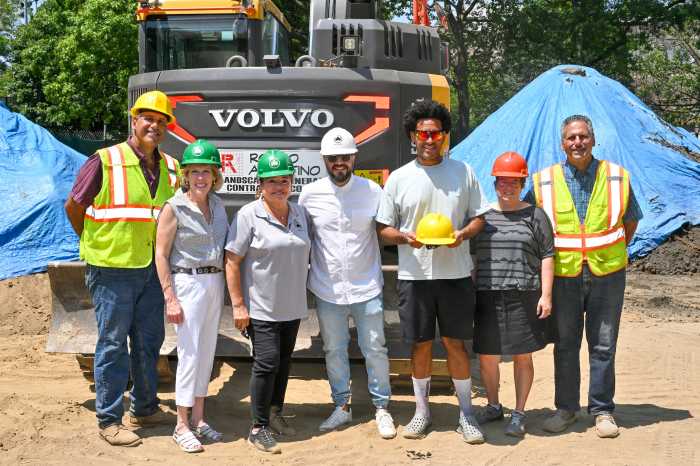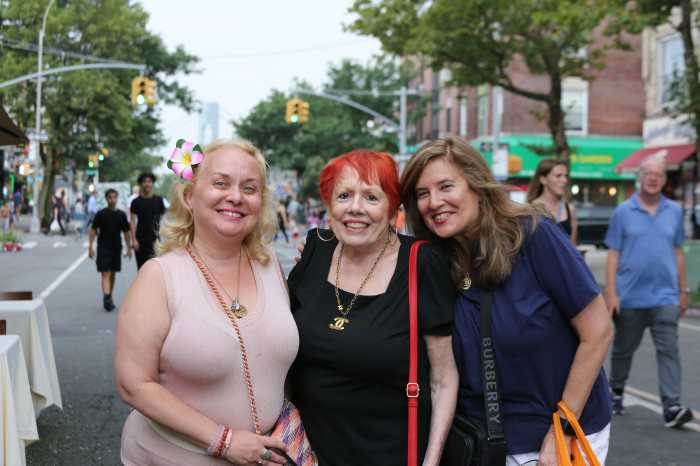Mayor Eric Adams and transit officials announced a slate of improvements for the city’s buses on June 16, following a closed-door session with leaders from the Metropolitan Transportation Authority and the Department of Transportation.
After the Mayor Adams administration met with honchos from the MTA at City Hall for his first so-called “Transit Improvement Summit” Thursday afternoon, hizzoner revealed the city and state’s next upgrades for the Big Apple’s nearly 1.5 million daily bus riders.
“Together with the MTA, we are delivering the efficient, reliable bus network and transit system all New Yorkers and visitors to our great city deserve. And we will work closely with communities every step of the way to take these much-needed, bold steps together,” Adams said in a statement.
The mayor confirmed the city will add 150 miles of new bus lanes and busways to the city’s streets over the next four years, as the city is required to do by law under the New York City Streets Plan mandated by the City Council in 2019.
The first 20 miles of red paint rolling out this year will serve a total daily ridership of about 327,000 straphangers and include the following stretches of road:
- Fordham Road and 207th Street, between 10th Avenue and White Plains Road in Manhattan and the Bronx (3.0 miles)
- Gun Hill Road, between Bainbridge Avenue and Bartow Avenue in the Bronx (3.8 miles)
- University Avenue, between Kingsbridge Road and Washington Bridge in the Bronx (3.4 miles)
- Westchester Avenue at Pelham Bay Park Station in the Bronx (0.1 miles)
- First Avenue between 61st Street and 79th Street in Manhattan (0.9 miles)
- Avenues A and D, various segments in Manhattan (1.0 mile)
- 21st Street, between the RFK Bridge and the Queensboro Bridge in Queens (3.4 miles)
- Northern Boulevard, between Broadway and 114th Street in Queens (5.4 miles)
The city will also make the busway permanent on Main Street in Flushing, Queens, which former Mayor Bill de Blasio launched in January 2021, and has since increased bus speeds for 155,000 daily commuters by up to 50%, according to the mayor’s office.
The city and the MTA will immediately start planning for the next round of five bus priority projects at the following thoroughfares, though it is not clear if these will be bus lanes or busways, the latter of which are more restrictive to car traffic.
- Tremont Avenue in the Bronx
- Flatbush Avenue in Brooklyn
- Livingston Street in Brooklyn
- Northern Broadway in Manhattan
- Second Avenue in Manhattan
“New Yorkers deserve a world-class transit system, and both the MTA and city leadership are committed to working together to bring real, tangible improvements for our riders,” said MTA Chairperson and CEO Janno Lieber in a statement. “This is a new era of city-MTA collaboration that will speed up buses, make the subways safer and more reliable, and prioritize equity and accessibility in mass transit
The city has jurisdiction over the streets while the state-controlled MTA runs the buses, subways, the two suburban commuter railroads the Metro-North and Long Island Rail Road, and seven bridges and two tunnels in the Five Boroughs.
The MTA plans to finally release its borough-wide redesign of the Brooklyn bus network by the end of the year to modernize the ancient routes that in some cases date back to the days of trolleys.
The agency’s overhaul of the Bronx bus routes takes effect on June 26, and transit officials unveiled a new draft plan for Queens in March.
MTA committed to spending $200 million to expand subway countdown clocks, improve public announcement systems, and add LCD signage to 71 subway stations, covering the following areas:
- Tremont and Kingsbridge in the Bronx
- Sunset Park, Brighton Beach, and East New York in Brooklyn
- Midtown and Lower Manhattan
- Jamaica and the Rockaways in Queens
To catch scofflaw drivers blocking bus lanes, DOT will install 50 more stationary cameras on the streets, while the MTA plans to double its onboard enforcement cameras from 123 buses to 300 by the end of the year covering 16 routes.
The Transportation Department plans to give buses signal priority at 750 intersections next year.
MTA and DOT pledged to prioritize bike, pedestrian, and micromobility access to transit by adding bicycle parking and micromobility share systems near subway stations and major bus stops.
The city and state partnership will also focus on improvements t0 accessibility, stormwater resiliency, better connecting development planning to transit infrastructure, and collaborating on fare initiatives such as the low-income 50% discount Fair Fares for subways and buses, and flat-fare trips for Metro-North and the LIRR like CityTicket and the larger proposed Freedom Ticket.
